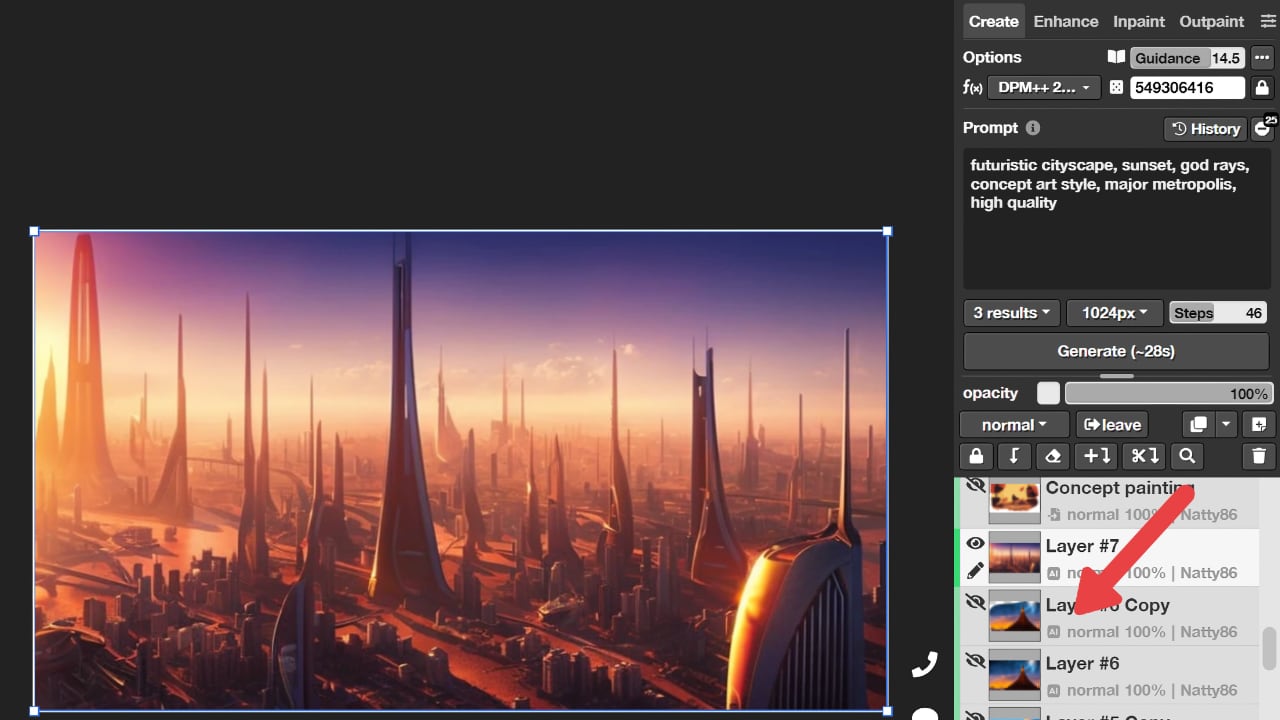
The way that the addition of AI to the Magma collaborative and browser-based artistic platform has been announced highlights how the debate around the technology is evolving.
Generative AI has changed the discourse in so many areas of technology in such a short space of time that it’s hard to keep up with all the arguments and debates raging around each new implementation. What is interesting is that we have gone fairly fast from a plain vanilla ‘here are our new tools’ type of announcement to one where the way they are being implemented is almost as important as the fact that they exist in the first place.
Adobe was one of the first to do this, highlighting the fact that its Firefly AI tools were trained on copyright cleared datasets rather than the open internet, establishing the Content Authenticity Initiative, and attempting to position AI tools as ‘co-pilots’ rather than technology that arrives at your workplace alongside a redundancy slip.
From the way it refers to its new features on, Magma’s launching of an open beta of its artist-assist AI is a case in point. The company has already released an AI Manifesto which highlights its belief that AI tools should augment creativity and help artists thrive, rather than take their livelihood away. And the way it has implemented its artist-assist AI beta makes good on the promise.
Here are some highlights:
- Magma AI blocks the use of artists’ names in prompts unless the artist has given explicit permission to do so. With an existing and ongoing database for artists names, users have the ability to submit names to be excluded from prompting functionality.
- AI content is permanently marked as AI. This means that if AI was used in the canvas, the layer will be tagged as “AI” permanently, to improve transparency amongst collaborators.
- Complete prompt history record for every canvas. This means that in any canvas everyone can see all the prompts that were used in the entire canvas timeline, for sharing and transparency.
- Magma’s AI layer tagging system along with prompt history records are well-equipped to help artists prove human ownership (a recent US copyright office statement states that works created with AI are copyrightable as long as there’s human ownership).
In addition to all that, the company says that top priority Magma AI solutions currently in development include the ability to enable artists to detect, license, and monetize their styles, as well as the implementation of metadata/signature in downloaded artworks to improve AI visibility on artwork shared outside of Magma.
“Art and the process of making art is always evolving. AI is just one more tool to augment, not replace, creativity. What is most important to Magma is protecting artists and their work,” said Damien Kaczmarek, CEO of Magma in a. statement. “Our goal is to provide an all-in-one solution for artists, which in the future needs to include an ethical AI solution.”
It’s a good approach and we look forward to see more of this sort of thing in the future.
Tags: Technology AI


Comments